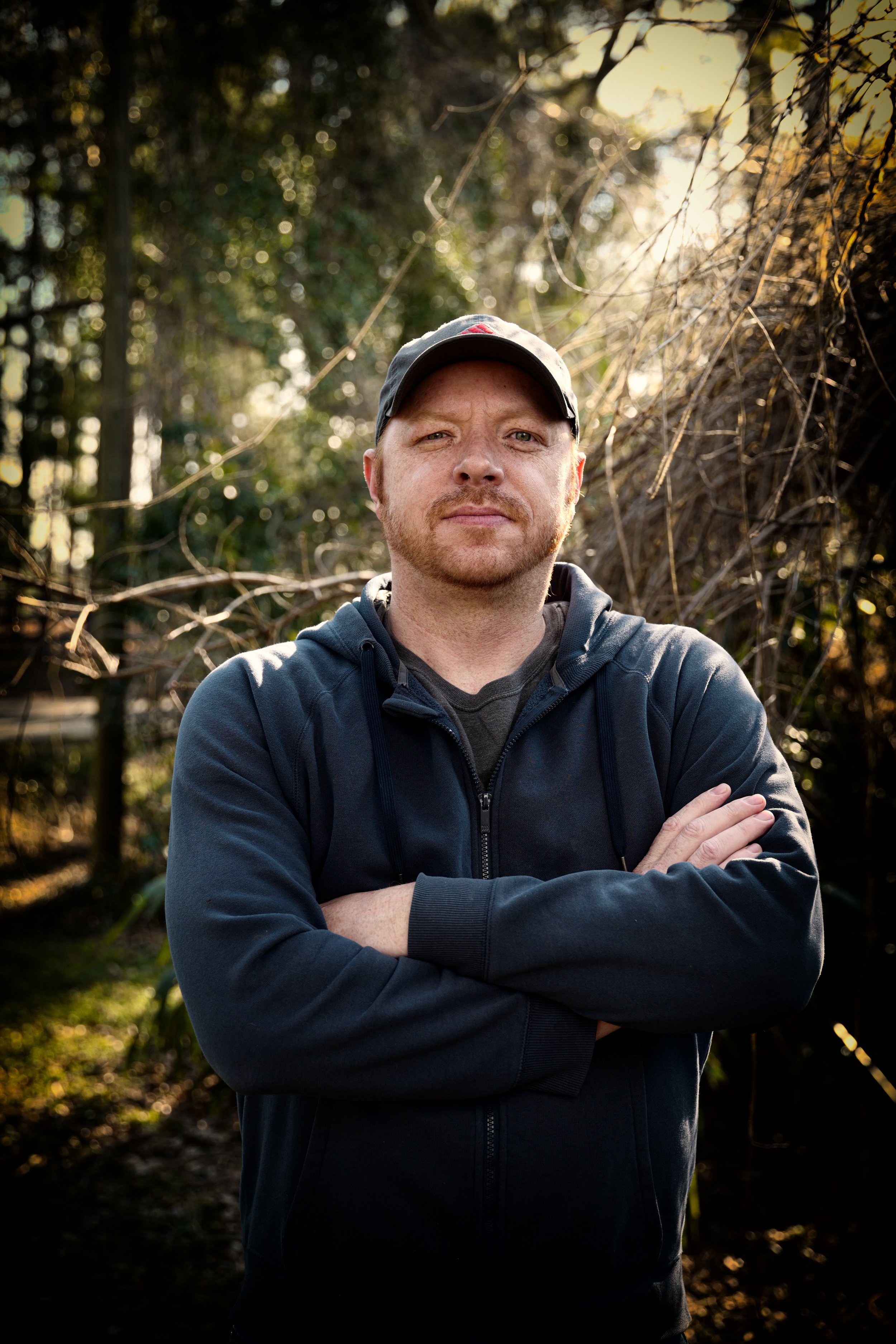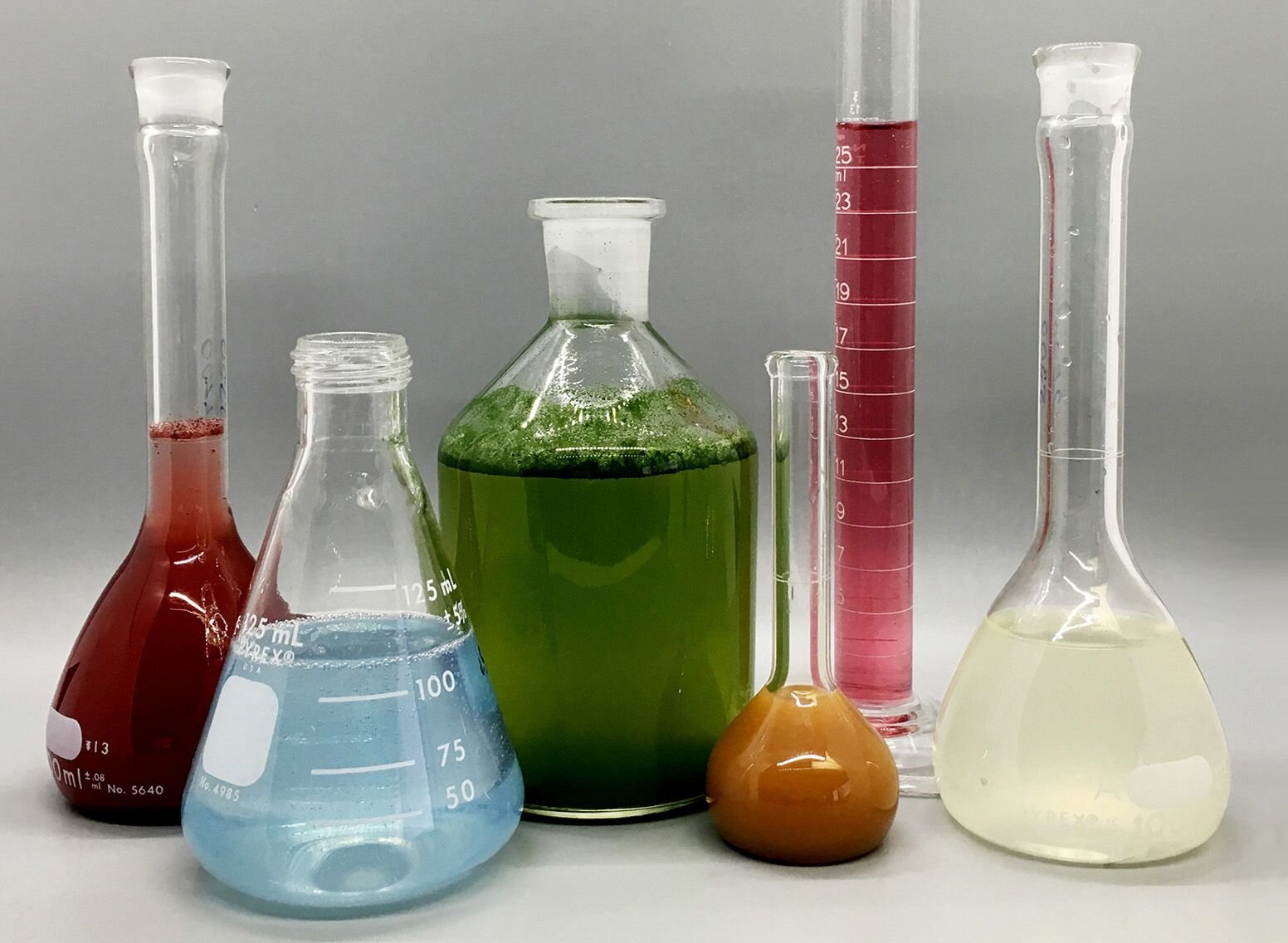Circularly Polarized Luminescence - The Facts
Table of ContentsThe smart Trick of Uv/vis That Nobody is Talking AboutThe Best Strategy To Use For Circularly Polarized LuminescenceThe Single Strategy To Use For Circularly Polarized LuminescenceSpectrophotometers Can Be Fun For AnyoneGetting My Circular Dichroism To Work

Although spectrophotometry is most frequently applied to ultraviolet, visible, and infrared radiation, contemporary spectrophotometers can interrogate large swaths of the electro-magnetic spectrum, including x-ray, ultraviolet, visible, infrared, and/or microwave wavelengths. Spectrophotometry is a tool that depends upon the quantitative analysis of particles depending upon how much light is soaked up by colored compounds.
Getting The Uv/vis/nir To Work
A spectrophotometer is frequently used for the measurement of transmittance or reflectance of options, transparent or opaque solids, such as polished glass, or gases. Although numerous biochemicals are colored, as in, they soak up visible light and therefore can be measured by colorimetric treatments, even colorless biochemicals can often be transformed to colored substances appropriate for chromogenic color-forming reactions to yield substances appropriate for colorimetric analysis.: 65 Nevertheless, they can also be designed to determine the diffusivity on any of the noted light ranges that normally cover around 2002500 nm using different controls and calibrations.
An example of an experiment in which spectrophotometry is utilized is the decision of the equilibrium constant of a service. A certain chemical response within an option might take place in a forward and reverse direction, where reactants form items and items break down into reactants. Eventually, this chemical reaction will reach a point of balance called an equilibrium point.
Uv/vis/nir Can Be Fun For Anyone
The amount of light that goes through the option is a sign of the concentration of specific chemicals that do not allow light to pass through. The absorption of light is because of the interaction of light with the electronic and vibrational modes of molecules. Each kind of particle has an individual set of energy levels related to the makeup of its chemical bonds and nuclei and thus will absorb light of specific wavelengths, or energies, resulting in distinct spectral homes.
They are widely utilized in lots of industries including semiconductors, laser and optical production, printing and forensic examination, as well as in labs for the study of chemical substances. Spectrophotometry is frequently used in measurements of enzyme activities, decisions of protein concentrations, determinations of enzymatic kinetic constants, and measurements of ligand binding reactions.: 65 Ultimately, a spectrophotometer is able to identify, depending on the control or calibration, what compounds are present in a target and precisely how much through computations of observed wavelengths.
Developed by Arnold O. Beckman in 1940 [], the spectrophotometer was developed with the help of his associates at his company National Technical Laboratories founded in 1935 which would end up being Beckman Instrument Company and eventually Beckman Coulter. This would come as an option to the previously produced spectrophotometers which were unable to soak up the ultraviolet properly.
Circular Dichroism for Dummies
It would be found that this did not give acceptable outcomes, for that reason in Model B, there was a shift from a glass to a quartz prism which permitted much better absorbance results - spectrophotometers (https://www.cybo.com/US-biz/on-line-instrument-systems-olis-inc). From there, Design C was born with a modification to the wavelength resolution which wound up having three units of it produced
It irradiates the sample with polychromatic light which the sample absorbs depending upon its residential or commercial properties. Then it is sent back by grating the photodiode selection which discovers the wavelength area of the spectrum. Considering that then, the production and implementation of spectrophotometry gadgets has increased profoundly and has actually turned into one of the most ingenious instruments of our time.

Uv/vis/nir for Beginners
Historically, spectrophotometers utilize a monochromator including a diffraction grating to produce the analytical spectrum. The grating can either be movable or fixed. If a single detector, such as a photomultiplier tube or photodiode is utilized, the grating can be scanned stepwise (scanning spectrophotometer) so that the detector can determine the light strength at each wavelength (which will correspond to each read more "step").
In such systems, the grating is fixed and the intensity of each wavelength of light is measured by a various detector in the selection. Furthermore, most modern mid-infrared spectrophotometers utilize a Fourier change method to get the spectral info - https://linktr.ee/olisclarity1. This technique is called Fourier transform infrared spectroscopy. When making transmission measurements, the spectrophotometer quantitatively compares the portion of light that passes through a referral option and a test option, then electronically compares the strengths of the 2 signals and calculates the portion of transmission of the sample compared to the reference requirement.
